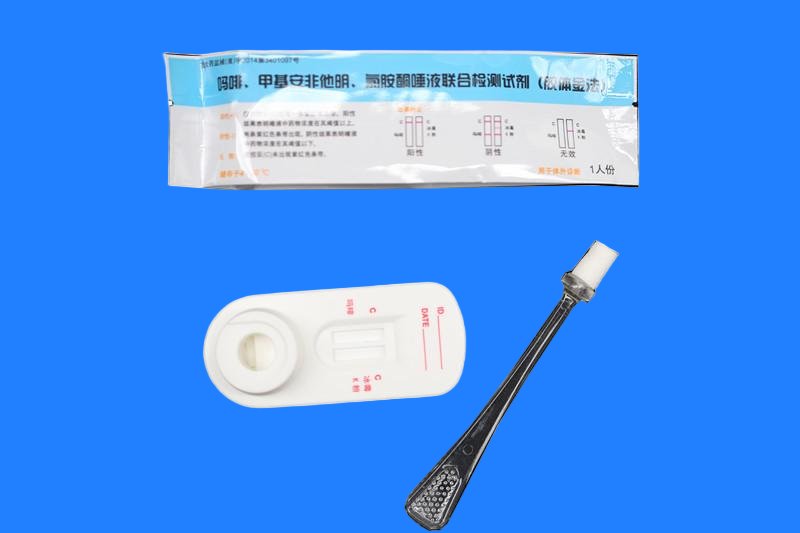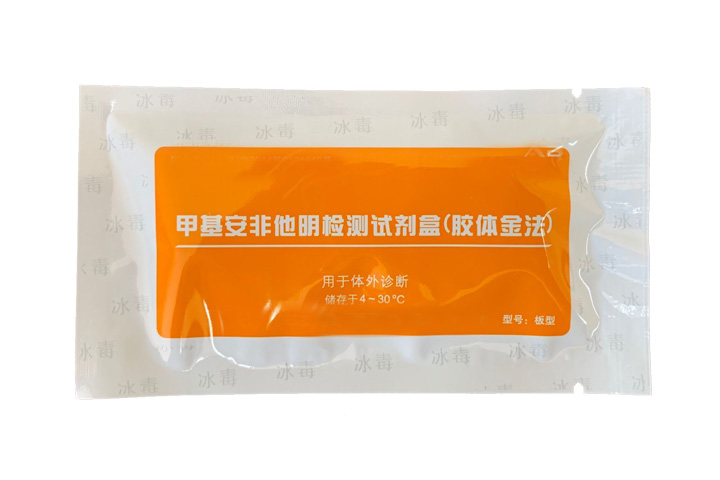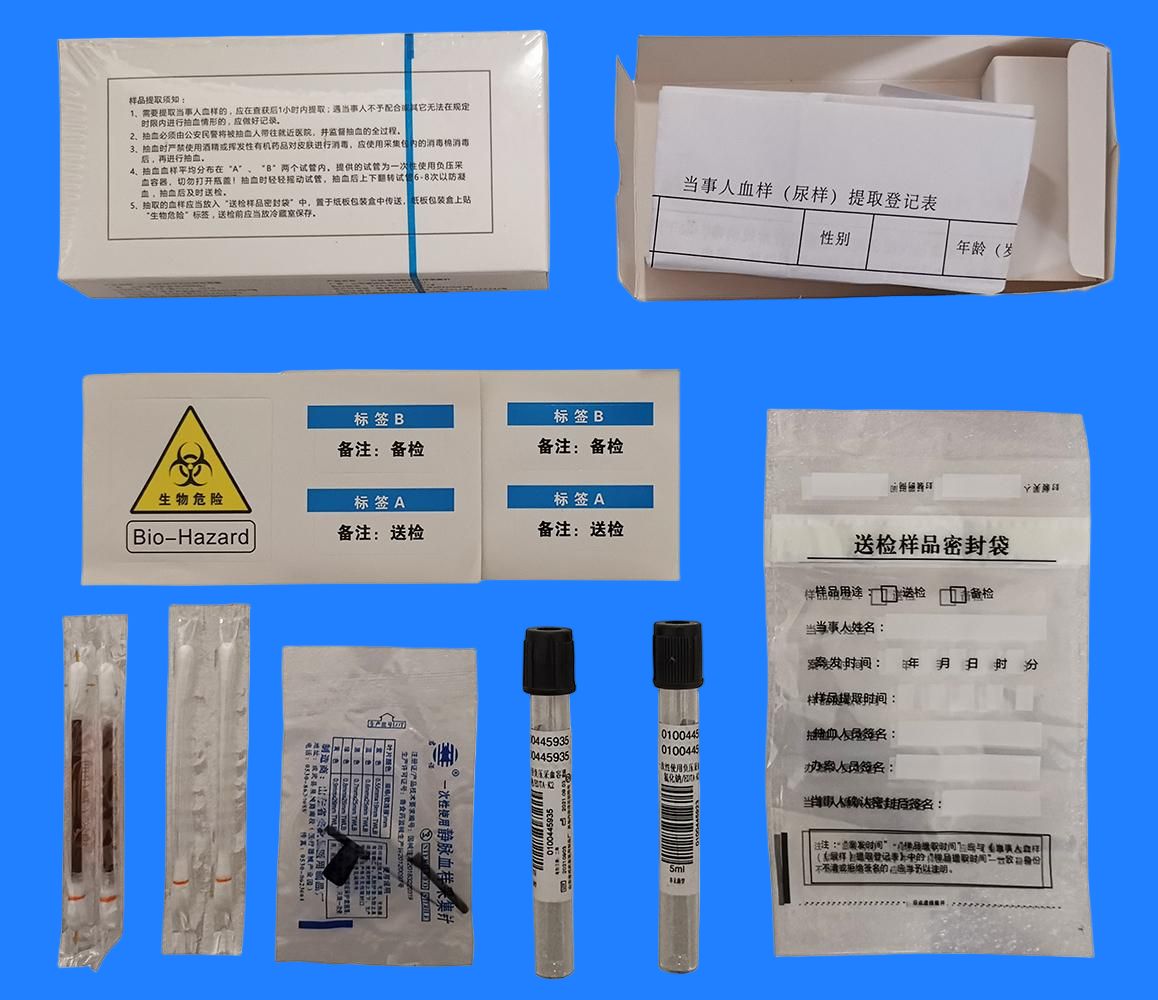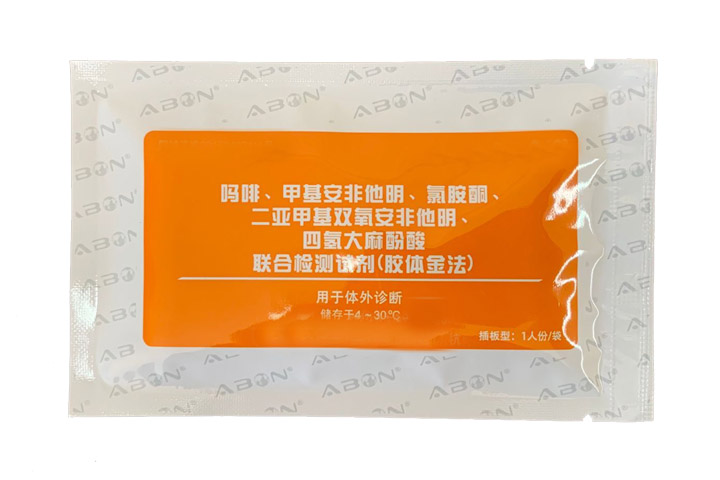Performance of Drug Test Cards in High-Humidity Environments
High-humidity conditions can impact the accuracy and reliability of drug test cards by affecting reagent stability and membrane function. Moisture exposure may cause false positives, delayed reactions, or inconsistent color development. Evaluating performance under controlled high-humidity scenarios ensures that test cards maintain sensitivity, specificity, and reproducibility. Proper storage, packaging, and handling guidelines mitigate humidity effects.... Continue reading→
Maintenance and Troubleshooting Guide for Drug Testing Devices
Proper maintenance and troubleshooting are essential to ensure the reliability and longevity of drug testing devices. Routine procedures include calibration, cleaning, software updates, and inspection of sensors or reagents. Common issues such as inconsistent readings, error codes, or device malfunctions can often be resolved through standardized troubleshooting steps, including recalibration, replacing consumables, and verifying environmental... Continue reading→
Role of GC/MS Confirmation in Drug Testing Procedures
Gas Chromatography-Mass Spectrometry (GC/MS) serves as the gold standard for confirming drug testing results obtained from on-site or preliminary screening. GC/MS offers unparalleled sensitivity, specificity, and accuracy, enabling identification and quantification of trace substances in complex biological or environmental samples. Its role is critical in validating rapid tests, resolving inconclusive results, and providing legally defensible... Continue reading→
Comparison of Saliva, Urine, and Hair Drug Testing Accuracy
Saliva, urine, and hair testing each offer unique advantages and limitations in drug detection. Saliva tests provide rapid, on-site results but are limited to recent use. Urine tests detect a broader window of drug exposure with moderate accuracy and are widely used in roadside or workplace screening. Hair tests offer long-term drug history and high... Continue reading→
High-Temperature Performance of Portable Drug Detection Devices
High-temperature conditions can significantly affect the performance of portable drug detection devices used in law enforcement and forensic applications. Excessive heat may degrade reagents, reduce sensor accuracy, and compromise detection sensitivity, potentially leading to false negatives. Evaluating device performance under elevated temperatures ensures reliability in various field environments. Proper storage, calibration, and operational protocols mitigate... Continue reading→
Stability Testing and Quality Control of Drug Test Kits
Stability testing and quality control are essential to ensure the reliability and accuracy of drug test kits used in law enforcement, forensic, and regulatory applications. Stability testing evaluates reagent performance under various storage conditions, including temperature, humidity, and shelf-life, while quality control procedures verify sensitivity, specificity, and consistency. Regular testing reduces the risk of false... Continue reading→
Precision Evaluation of On-Site Drug Testing Instruments
Evaluating the precision of on-site drug testing instruments is crucial for law enforcement, forensic investigations, and regulatory compliance. Precision assessment involves repeated testing of control samples, comparison with laboratory-confirmed results, and analysis of detection limits, sensitivity, and specificity. High-precision instruments reduce false positives and negatives, ensuring reliable decision-making during roadside checks, emergency response, and field... Continue reading→
Drug Testing Methods: Colorimetry vs. Immunochromatography
Colorimetry and immunochromatography are two widely used methods in drug testing, each with distinct advantages. Colorimetric tests are simple, cost-effective, and provide rapid visual results but may have lower sensitivity and specificity. Immunochromatographic assays offer higher accuracy, multi-drug detection, and clear interpretation, making them suitable for field and laboratory use. Comparing these methods helps law... Continue reading→
Impact of Storage Temperature on Drug Test Sensitivity
Storage temperature significantly affects the sensitivity and reliability of drug test kits. Exposure to extreme heat or cold can degrade reagents, reduce antibody activity, and compromise colorimetric or immunoassay responses, leading to false negatives or inconsistent results. Proper storage in a cool, dry environment with controlled temperature preserves reagent stability and ensures accurate on-site and... Continue reading→
Trends in High-Throughput Drug Detection Equipment
High-throughput drug detection equipment enables rapid, large-scale screening of samples in forensic, clinical, and regulatory laboratories. Advanced automation, multiplex detection, and integrated data management reduce processing time while improving accuracy and consistency. Innovations include AI-assisted analysis, portable interfacing, and modular system designs, supporting real-time monitoring and workflow optimization. These systems enhance laboratory efficiency, allow simultaneous... Continue reading→





